How much do you know about projection screens? How exactly are projection screens different?
When choosing to buy a projection screen, the first thing to consider is the appearance and price of the screen. But with so many brands and screen types on the market now, how to judge and choose the screen that suits you? This is undoubtedly a "gamble", but as long as you understand how to distinguish the difference between the screens, it may allow you to make a better decision!
Structure:
There are three common screen structures: electric screen, picture frame screen and mobile screen, but the comparison and choice between electric screen and picture frame screen are more
Generally speaking, the projection environment is relatively complicated, such as those with LCD TVs already installed, those with children and many people walking around at home, and those who need to save space. The first choice is an electric screen, which can be unfolded when needed and closed when not needed. Get up, convenient and space-saving.
If it is relatively professional, has an independent audio-visual room, and must have a blank wall large enough to hang picture frame curtains, generally you will choose picture frame curtains. Compared with electric screens, picture frames The screen is more cost-effective and smoother, but it is not so convenient.

Reflected Brightness/Gain:
Different projection screens can vary significantly in their ability to reflect light. This is also one of the criteria to distinguish the quality of a screen. Gain is a numerical representation of the inherent reflection characteristics of the curtain material, that is, the brightness of each angle
Screens without gain provide a calmer image, but are easily affected by ambient and external light. Gained screens, on the other hand, deliver bright, richly layered, colorful images that are less affected by ambient and external light.
However, the higher the gain of the projection screen is not the better, the gain of the screen has a different inverse relationship with the viewing angle of the screen, that is, the higher the gain, the smaller the viewing angle will be.
Contrast:
In addition to the difference in the contrast of the projected picture of the projector, the projection screen will also supplement or weaken the contrast performance of the projector. Obviously, in the comparison between the gray screen and the white screen, the gray screen can enhance the contrast of the picture, and at the same time, it will sacrifice a certain degree of brightness compared to the white screen. However, the contrast of the screen is not only related to the color, but also affected by various factors such as the material of the screen and the structure of the screen.
Proportion:
The most common ratios of projection screens are generally 4:3, 16:9, and 2.35:1. The ratio of 4:3 is more for commercial or educational office use, while most of the screens for home use use a ratio of 16:9.

Curtain type:
The more common categories on the market include white plastic fiberglass curtains, soft white curtains, anti-light curtains, and sound-transmitting curtains.
White plastic and glass bead screens are screens with similar price and quality. They are early projection screens, suitable for all projectors, and screens with lower projection quality.
The soft white screen is made of PVC material, the screen surface is white, the texture is relatively soft, and the cost performance is relatively high. It is suitable for all types of projectors. Also the most common screen.
The function of the anti-light curtain is not that the projected picture is brighter in a well-lit environment, but that compared with ordinary white screens, the anti-light curtain can effectively suppress the influence of ambient light, improve the contrast of the picture, and restore the color. On the contrary The gain of the anti-light curtain will be lower than that of the white curtain

Sound-transmitting curtains are mainly divided into woven sound-transmitting curtains and perforated sound-transmitting curtains. The hole-perforated sound curtain will punch a 0.4mm or smaller micro-hole sound curtain on the screen, and the overall effect is better, but the sound transmission effect of the woven sound-transparent curtain will be even better. Generally speaking, no matter what type of sound-transmitting screen it is, it cannot restore the sound 100%, and there is a little sound loss.




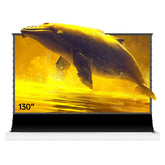
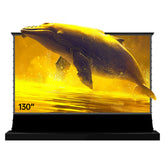
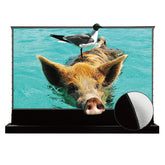
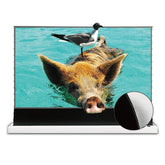
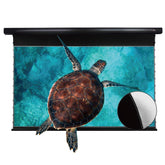
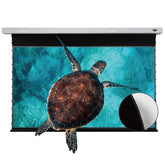
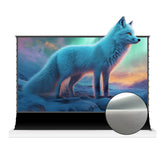
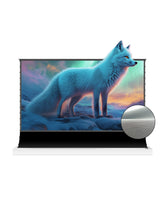
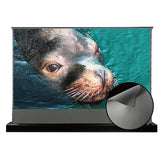
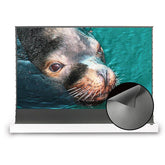
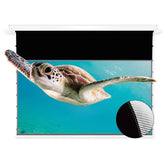
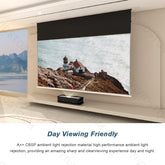
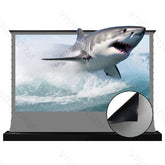
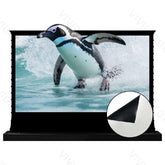
Leave a comment
Please note, comments need to be approved before they are published.